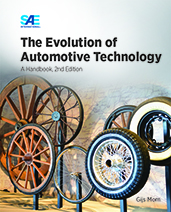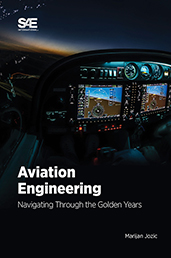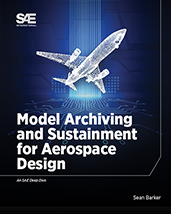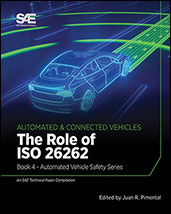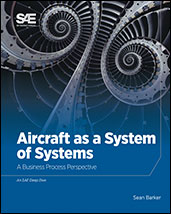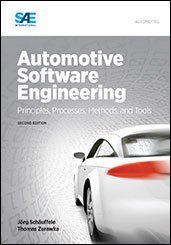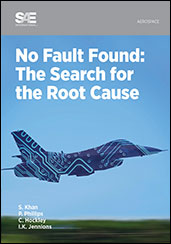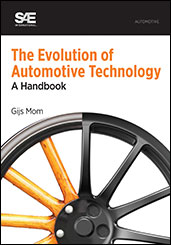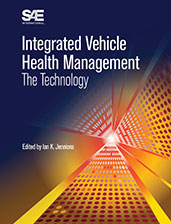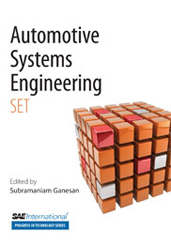Book
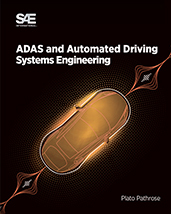
ADAS and Automated Driving - Systems Engineering
2024-03-01
Immerse yourself in the evolving world of automotive technology with ADAS and Automated Driving - Systems Engineering. Explore advanced driver assistance systems (ADAS) and automated driving, revealing the automotive industry’s technological revolution. As technology becomes a driving force, this book serves as a guide to understanding cutting-edge technologies deployed by leading vehicle manufacturers. Discover how multiple systems synergize to provide ADAS and automated driving functions. Authored by an industry expert, this book explores systems engineering’s crucial role in designing, safety-critical cyber-physical systems. Gain practical insights into the processes and methods adapted for the current technological era of software-defined vehicles, influenced by AI, digitalization, and rapid technological advances.
